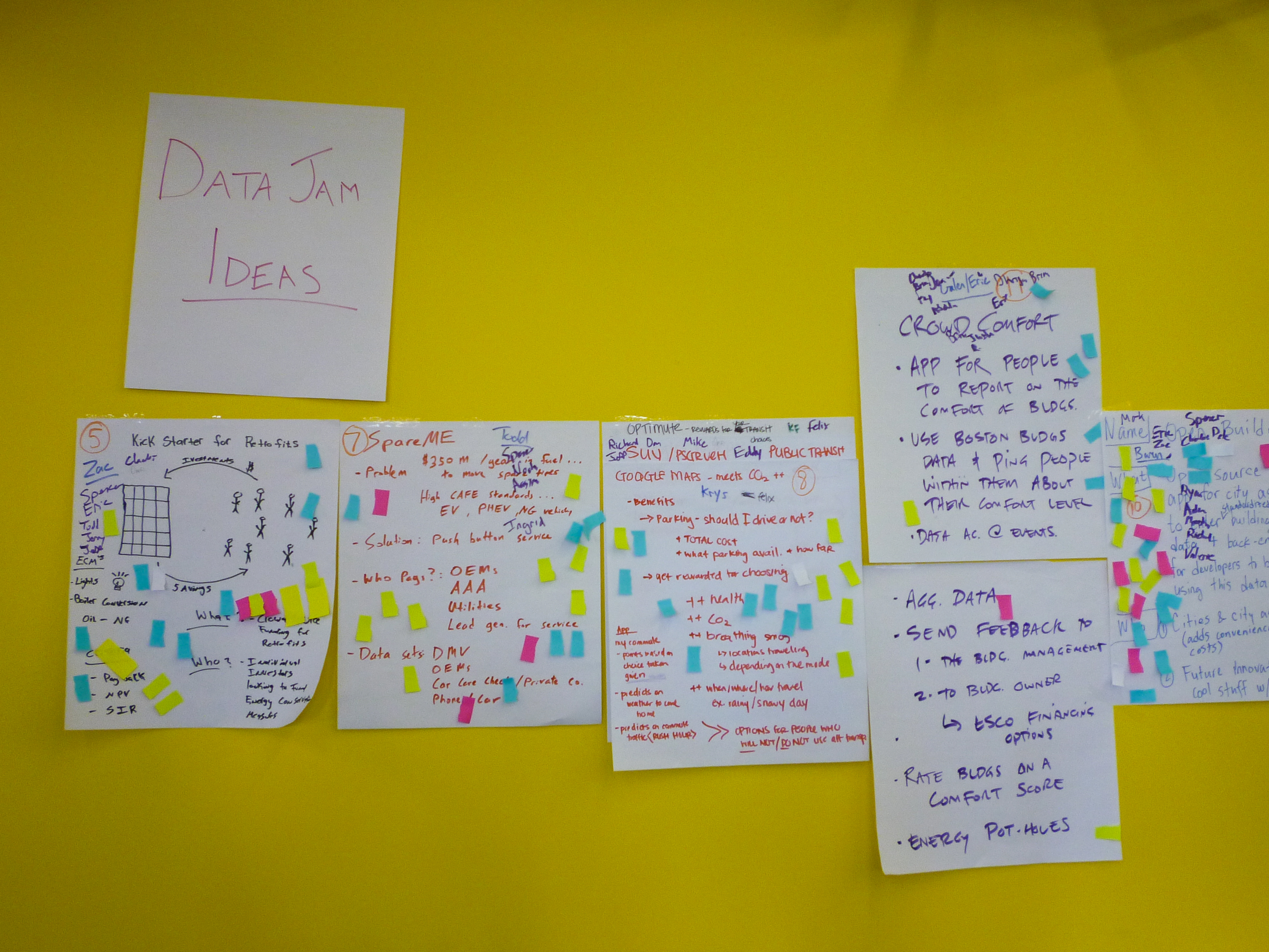Cleanweb or Deep Tech: Diverging Paths for Energy Startups
Entrepreneurship in energy and the environment has been going on for years but its future direction is still a matter of debate.

Last week, I went to two events where there were starkly different views of what it means to be an entrepreneur in what investors call clean tech. Neither approach is right or in conflict with the other, but the contrast provides some insight into how things have changed after years of disappointing financial returns in cleantech and the flight of many investors. (See, For Energy Startups, a Glass Half Full or Empty?)
At an energy startup competition organized by Ultra Light Startups last week, I saw a number of entrepreneurs trying to develop viable business plans around novel energy technology, sometimes science directly from research labs. Among the eight teams who presented, half of whom were also participating in the MIT Clean Energy Prize, there were technologies to convert recyled plastic to oil, store bulk energy on the grid, make better organic solar cells, building energy monitors, and energy-storing capacitors.
The winner of the competition was UPower, a nuclear power company that intends to develop a small nuclear reactor with a unique design. The second-place competition winner was Agira, a company seeking to create solar panels or power-producing windows with optical technology that guides light to solar cells on the edge of a plate of glass. The third was a company with an aluminum-based battery to power sub-sea vehicles.
On the face of it, these companies are taking on very tough technical problems to lower emission and fossil fuel use–the sort of technologies associated with the first wave of clean-tech startups from the mid-to late 2000s.
Across the river in Boston on Sunday, I saw completely different approach to entrepreneurship in energy and environment at the Cleanweb Hackathon. Eighty software programmers and entrepreneurs gathered for a weekend of brainstorming business ideas and hacking together quick demos to win prizes.
The winner on Sunday was a group who put together a Web app to compare and shop for LED light bulbs. Other winners developed apps to visualize how building energy consumption changes over the course of the year, view a home’s efficiency rating in real-estate listings, and a tool to map building energy use and simulate the impact of different policy choices, such as energy efficiency mandates or rebates. Here’s a full list of the hacks from the weekend.
This year’s Cleanweb Hackathon, the second one in Boston, also had what are called “data jams,” or projects that would require 90 days to fully form. One of them was to develop a way for people in buildings to use smart phones to notify facility managers when a room is too cold or too hot. Another project envisioned an application that aggregates multiple car-sharing apps and gives consumers map-based directions that include multiple modes of transportation (ie bike, taxi, bus, train.)

For entrepreneurs, the Cleanweb is a way to use mobile and Internet technology to improve resource efficiency and convenience for consumers. From a business point of view, these types of apps can be built relatively quickly without a massive outlay of capital compared to, say, algae fuel or a new battery. It’s why these “capital-light” green startups–and any business plan to apply IT in the energy industry–are favored by some early-stage clean-tech investors.
By contrast, the startups that pitched their more science-oriented business ideas have a less-obvious financing and path to market because they face longer product develoment times and tough price targets competing with fossil fuels and other incumbent technology. Since venture investors want a return within a few years, many have shied away from energy-related startups and startups themselves have found financing from multiple sources, including large corporations, foundations, and government grants.
Clearly, there’s room for the bold technologists who want to transform the energy system with a product breakthrough as well as savvy tech entrepreneurs who want to create the next great app. With scale, both approaches can make an impact.
Keep Reading
Most Popular
Large language models can do jaw-dropping things. But nobody knows exactly why.
And that's a problem. Figuring it out is one of the biggest scientific puzzles of our time and a crucial step towards controlling more powerful future models.
The problem with plug-in hybrids? Their drivers.
Plug-in hybrids are often sold as a transition to EVs, but new data from Europe shows we’re still underestimating the emissions they produce.
How scientists traced a mysterious covid case back to six toilets
When wastewater surveillance turns into a hunt for a single infected individual, the ethics get tricky.
Google DeepMind’s new generative model makes Super Mario–like games from scratch
Genie learns how to control games by watching hours and hours of video. It could help train next-gen robots too.
Stay connected
Get the latest updates from
MIT Technology Review
Discover special offers, top stories, upcoming events, and more.